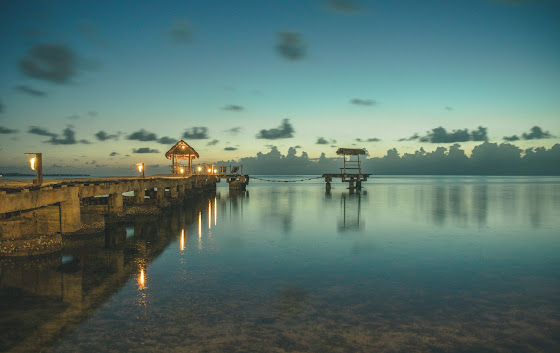Madagascar, the fourth largest island in the world, is located off the southeastern coast of Africa in the Indian Ocean. Renowned for its unique biodiversity, the island is home to an array of flora and fauna found nowhere else on Earth.

Geography and Climate
Madagascar boasts diverse landscapes, from lush rainforests and rugged mountains to arid deserts and stunning beaches. The island's climate varies, with a tropical climate in the coastal regions and a more temperate climate in the highlands.

Unique Wildlife
One of Madagascar's most famous features is its wildlife. Over 90% of the species found here are endemic, including the iconic lemurs, chameleons, and the fossa, a carnivorous mammal resembling a small cougar. The island's unique evolutionary history, separated from mainland Africa for millions of years, has led to this remarkable biodiversity.

Cultural Heritage
Madagascar is also rich in cultural diversity, with over 18 ethnic groups, each with its own traditions, languages, and customs. The Malagasy people celebrate a variety of festivals, often incorporating music, dance, and traditional foods.

Conservation Challenges
Despite its natural beauty, Madagascar faces significant environmental challenges, including deforestation, habitat loss, and climate change. Conservation efforts are crucial to preserving its unique ecosystems and the livelihoods of its people.

Tourism
Tourism is an important part of Madagascar's economy, attracting visitors with its stunning national parks, such as Andasibe-Mantadia and Ranomafana, as well as its beautiful beaches and unique cultural experiences. Eco-tourism is growing, offering opportunities for sustainable travel while supporting local communities.
Madagascar remains a fascinating destination for those seeking adventure and a deeper connection with nature. Its vibrant landscapes and unparalleled wildlife continue to captivate travelers from around the globe.












No comments:
Post a Comment